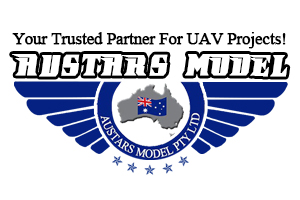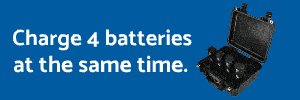In my opinion sUAVs are automated, they carry out automated missions but still rely on human operators. However, in addition can be autonomous, by one definition source "UAV that can operate without any human intervention". In other words, autonomous drones take off, carry out missions, and land completely autonomously without human intervention... not all sUAV’s can be autonomous drones.
May involve higher interpretations for larger UAV Drones, intercontinental missions, higher matrix level of decisions based on additional program variables; but for this discussion, sUAV’s uploading a flight program and performing the flight without my interaction... other than observation and ready to abort if needed; it’s flying autonomously. Several software programs include the option if RF to radio is lost to 1) abort and run alternate program to RTH, 2) continue & complete flight mission and RTH at completion.
That’s autonomous, I’m not electing to override and control. I’ve created the mission, elected & input variables, saved mission (file), uploade mission and initiate the program; allowing the program and FW to interact and fly the mission. It is using GPS, although that is part of the programs parameters & FW SDK. It also includes actions to perform at designated points and between points using other sub-programs: camera settings, gimbal rotations, etc. Can also be programmed to run multiple operations; stop for period of time, run video then photograph. Some even fly a short distance to self finalize speed and camera settings prior to start of assigned mission. If thermal, can program a specific temp zone and perform additional programming, including notifying console of alerts or modifying flight mission. Included in autonomous can be automated portion too... example, if battery is low pause autonomous flight and run automated routine for battery swap... change battery and return to paused stage and continue autonomous programming.
The use of photography in mission... that’s close or now used... the Skydio S2 is getting new SW using it’s optical sensors in more than optical avoidance.
One area I’ve been disappointed is utilizing OA within some Software apps & missions. Many turn off or don’t use OA with autonomous flights... such as mapping programs; but that’s a limitation within SW design, not capability.
The Electronics on-board and processing power in newer platforms compared to even a few years ago is impressive. This allows advancement in additional automated and autonomous operations.






